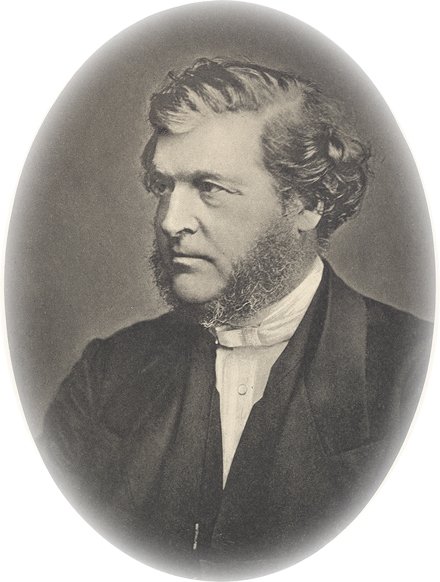Dr. Langdon has some funny ideas about the Jewish Temple. I won't deal with all of them right now, but just his first point. He believes that the Sangreal Treasure was buried beneath the Holy of Holies of what he calls 'Solomon's Temple'. Of course it wasn't Solomon's temple (that had been completely destroyed by the Babylonians), but the Temple built by Herod (although the Jewish people thought, and think, of it as Ezra's Temple improved and enlarged). Dr. Langdon has an advantage here, which is that the Islamic authorities will not allow any excavations on the Temple Mount. This irritates archaeologists like myself, because it means that the closest we can get to digging the Temple site is a few peripheral excavations around the Temple. However, we do know certain things about it, mostly from the Tanakh (The Hebrew Bible).
The Most Holy Place, or the Holy Of Holies, was in inner sancturay of the Jewish Temple where YHWH (The LORD) dwelt in a special sense, although Solomon himself said in his prayer at the dedication of the Temple, "heaven and the very heaven of heavens cannot contain thee, how much less this house which I have built!" (I Chronicles 6.18, A.V.) Indicating that the Most Holy Place was not concieved as God's dwelling place in any sense of His being restricted.
The Most Holy Place was entered only once every year, on Yom Kippur, by the High Priest, who carried in the blood of the sacrifice to make atonement for the people. No other living being was allowed in to the Most Holy Place.
How, then, could the Sangreal Treasure have been buried beneath the Most Holy Place, when the High Priests were opposed to Christianity (as Judaism has been ever since)? Certainly it could not have been put there before the destruction of the Temple by the Roman armies in AD 70. After AD 70 Jewish people were prohibited from entering Jerusalem, which was made a purely pagan city. It is true that Julian the Apostate allowed Jews back into Jerusalem to behin rebuilding the Temple, but that scheme was stalled, and only succeeded in levelling the ruins of the Temple Mount. There was no window of opportunity. In any case, Julian lived
after Constantine.
What is more, Israel and the surrounding country has many caves (as witness the Dead Sea Scrolls find) that could be used to hide sensitive documents in. Why Jerusalem? Why not a remote cave in Galilee?
Dr. Langdon's claims about ritual sex in the Temple of Solomon are laughable. The only Jewish writings we have of anything like that antiquity are the Tanakh, the Hebrew Bible, and they are notably silent on this point. Ritual sex acts are in fact forbidden in the Torah and associated with the pagans.
Dr. Langdon claims that, "Early Jews believed that the Holy of Holies in Solomon's Temple housed not only God but also His powerful female equal, Shekinah." This is also an absurd statement (as well as incredibly offensive to Jewish people). Whereas the Sidonian Baal had his Consort Asherah, the Hebrew God is not a sexual being, and dwells alone, as summed up in the famous
Shema, the Jewish Confession of Faith found in Deuteronomy 6.4, "Hear, O Israel: The LORD our God is one LORD." He is one, and he has no consort. The idea that Shekinah refers to a female equivalent to God is derived from medieval Kabbalism - about two thousand years
after the age of Solomon.
While Dr. Langdon is well-read in symbology, his study of Hebrew is apparently wanting, as evidenced by his statement that, "The Jewish tetragrammaton YHWH---the sacred name of God---in fact derived from Jehovah, an androgenous physical union between the masculine Jah and the pre-Hebraic name for Eve, Havah." Unfortunately for Dr. Langdon the derivation is the other way around. The Tetragrammaton is seen by Jews as so sacred that only the High Priest was allowed to say it, and that only in the Most Holy Place. In reading in the synagogues the word
'adonai (LORD) was substituted for it. When the Masoretes added the vowel pointing to our Hebrew Bibles about 1000 years after Christ they pointed YHWH with the vowels of
'adonai as a cue to warn the reader to substitute
'adonai in his speech (a tradition preserved in our English Bibles where the word LORD is put for YHWH). 'Jehovah' is derived from YHWH, not the other way around.
I shall have more to say on the subject, as shall my colleagues here.
